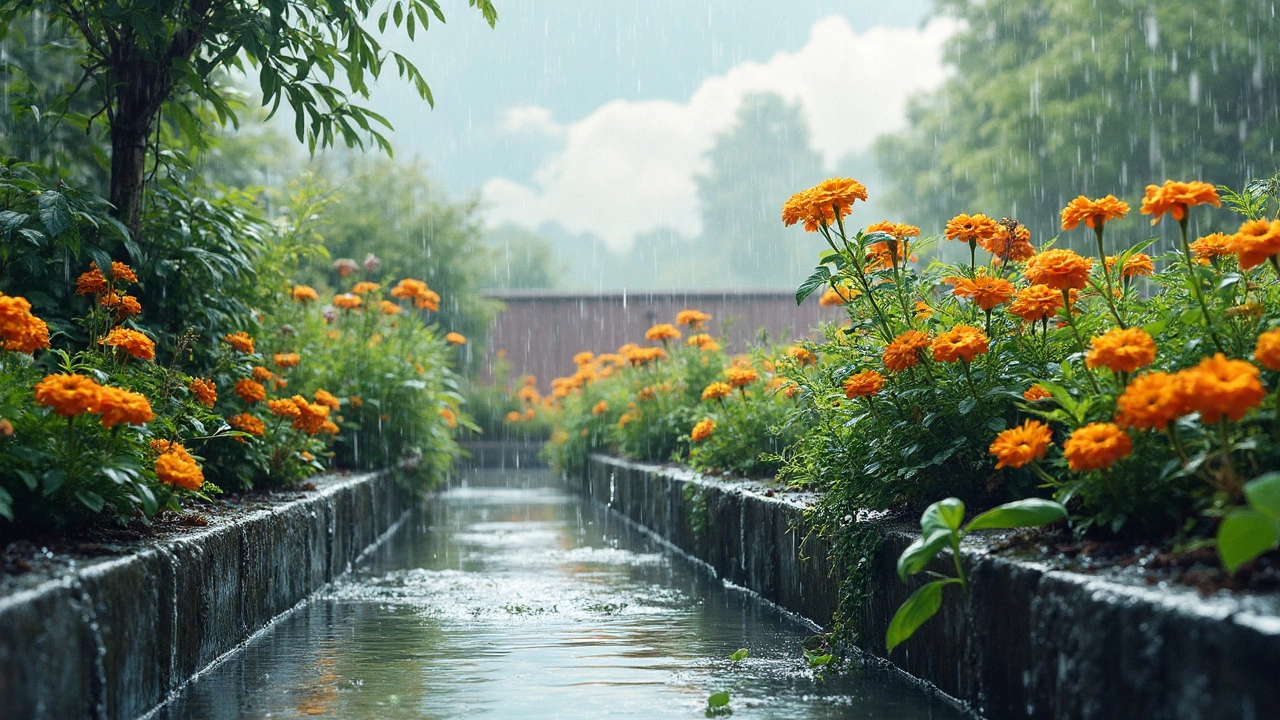Understanding the right slope for your terrace slab is crucial for effective water drainage and maintaining a healthy garden. Without the proper slope, water can pool on your terrace, leading to structural damage and problems for your plants. This article explores the ideal slope, why it's important, and how you can achieve it for a thriving rooftop garden. By implementing these tips, you'll ensure that your garden can flourish without the hassle of excess water.
Roof Gardening in India: Tips, Plants, and Practical Guides
When you think of roof gardening, a way to grow plants on building rooftops or terraces, especially in cities where ground space is limited. Also known as terrace gardening, it’s not just a trend—it’s a practical solution for Indian households trying to grow fresh herbs, vegetables, or flowers without a backyard. In cities like Delhi, Mumbai, or Bangalore, where land is scarce and air quality matters, turning your roof into a green space isn’t just nice—it’s necessary. And it’s easier than you think.
Roof gardening works because it turns wasted space into productive land. You don’t need a big area—just a flat surface, some containers, and the right soil. The key is understanding your local climate. India’s heat, monsoons, and dry spells mean your plants need to handle extremes. That’s why plants like basil, cherry tomatoes, and marigolds do so well—they’re tough, fast-growing, and love the sun. You’ll also need to think about weight, drainage, and waterproofing. A poorly drained roof can leak, and heavy soil can crack tiles. That’s why many gardeners mix compost with perlite or coconut coir to keep things light and airy. And yes, drip irrigation helps a lot, especially when you’re away during the day. It’s not magic, just smart planning.
What you grow on your roof depends on how much sun it gets. A south-facing roof in India gets full sun all day—perfect for tomatoes, chilies, or even small fruit trees in big pots. If your roof is shaded for part of the day, go for leafy greens, mint, or spider plants. You don’t need fancy tools. A bucket, some soil, and a watering can are enough to start. But if you’re serious, you’ll want to know which materials are safe. Styrofoam, for example, is sometimes used as a lightweight filler—it’s cheap, but there are better options like broken pottery or bamboo chips. And if you’ve ever struggled with pests, you’re not alone. Rabbits and birds can be a problem, but simple netting or companion planting with strong-smelling herbs like basil keeps them away.
Roof gardening isn’t just about food. It cools your home, cuts electricity bills, and cleans the air. Studies show that green roofs can lower indoor temperatures by up to 4°C in summer. That’s huge in Indian cities where AC costs keep rising. Plus, watching your own tomatoes ripen or smelling jasmine bloom on your roof? That’s peace you can’t buy.
Below, you’ll find real guides from Indian gardeners who’ve done this themselves. Learn where not to plant hydrangeas on a balcony, how to fix clogged drip lines, what soil amendments actually work in clay-heavy Indian soil, and which flowers bloom nonstop through the year. No fluff. Just what works.
